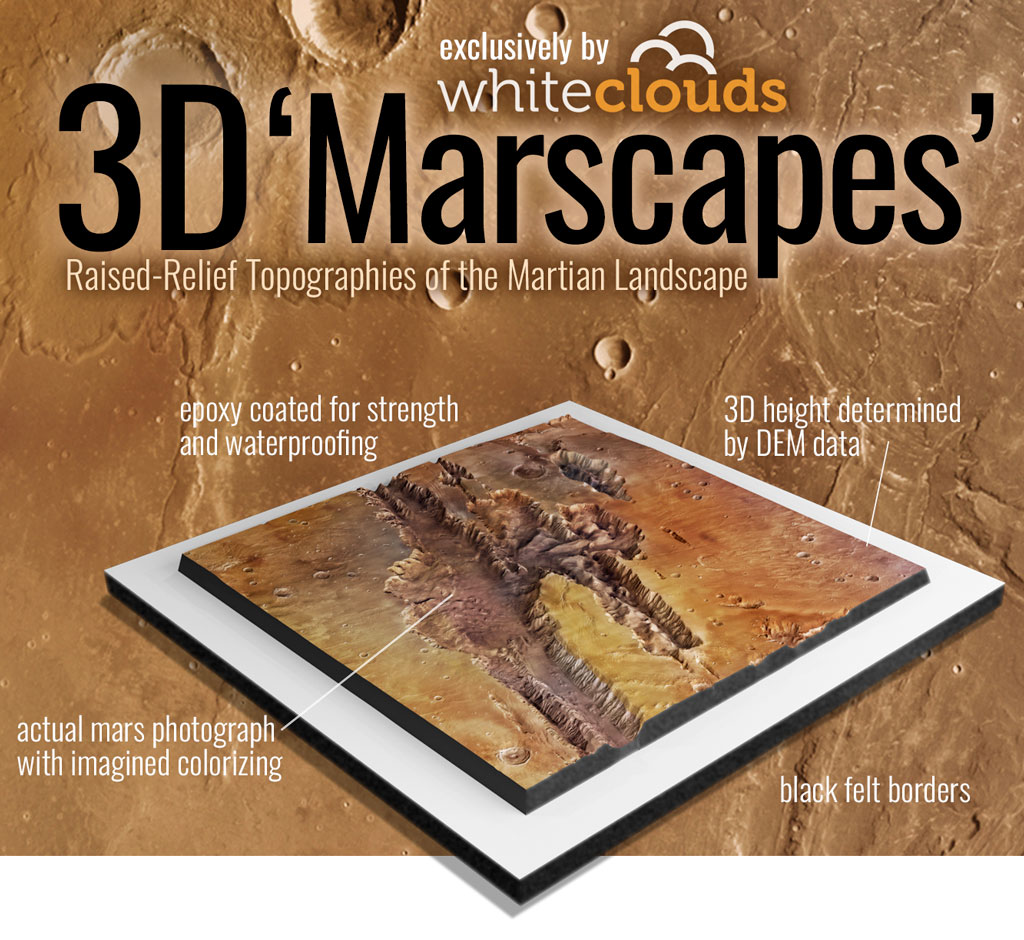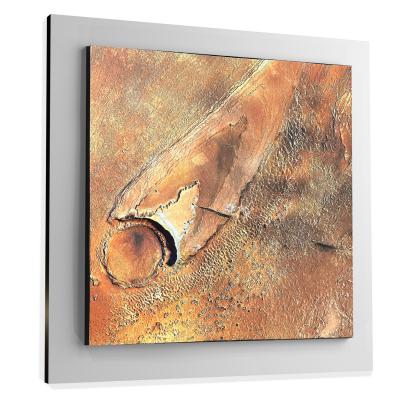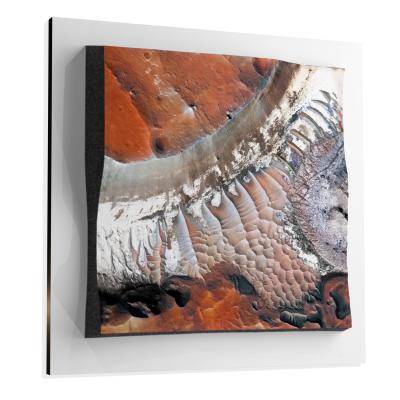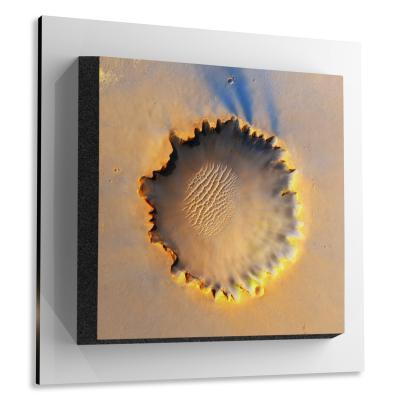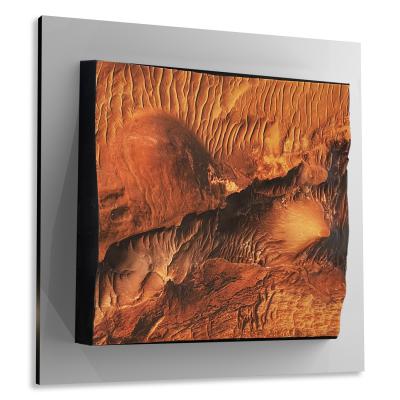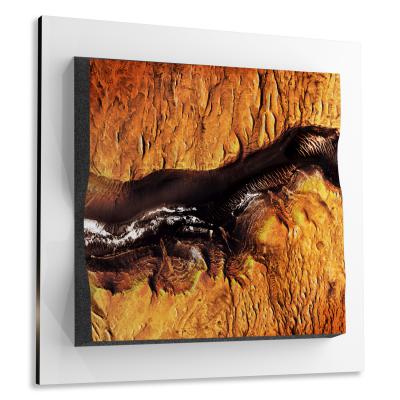Mare Serpentis Region
Mare Serpentis Region
We Build Custom 8K Mars Canvas Prints of the Mare Serpentis Region
Did you know we make
custom
8K Mars Canvas Prints

and
3D Marscapes

Mare Serpentis Region
Mare Serpentis is a region on Mars that has long captured the imagination of astronomers, geologists, and astrobiologists alike. Known for its unique geological features and the mysteries that it holds, Mare Serpentis serves as an intriguing window into the past and possibly the future of the Red Planet. As we expand our understanding of Mars, regions like Mare Serpentis provide key insights into its geological processes, history of water, and potential for hosting past life.
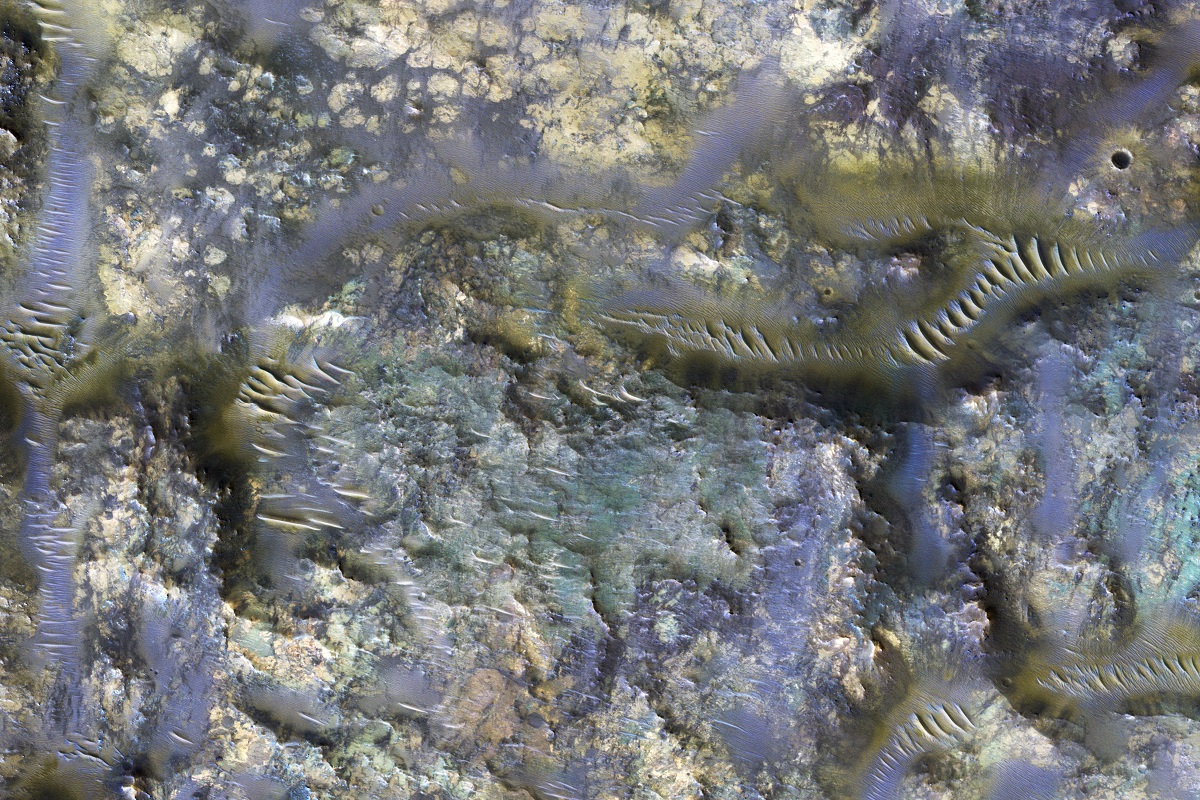 Mare Serpentis Region
Mare Serpentis Region
Geographical Location
Nestled in the sprawling southern hemisphere of the Red Planet, Mare Serpentis is distinctly demarcated between latitudes 20°S and 35°S, and longitudes 45°W and 60°W. This expansive region is an integral part of Tyrrhena Terra, a much larger Martian geological feature. The region is flanked by other significant Martian landscapes, such as the massive Hellas Planitia impact basin to the east and the ancient Noachis Terra to the west. With an area spanning approximately 3 million square kilometers, Mare Serpentis is a medium-sized Martian formation when compared to the myriad other regions that dot the planet’s surface. The area is not equally bathed in solar radiation due to its southerly position, a factor that has a demonstrable influence on its unique geological and geomorphological characteristics. This makes Mare Serpentis a singular subject for in-depth Martian research, offering an exceptional landscape for understanding both planetary evolution and climatic variations.
Advertisement
Sample Marscapes
Geological Composition
Mare Serpentis offers a complex geological tapestry, dominated primarily by basaltic formations that likely originated from periods of ancient volcanic activity. However, what makes the region particularly compelling is its considerable accumulation of sedimentary rocks and conglomerate formations. These layers tell tales of the region’s multifaceted geological past, which includes episodes of water activity, erosion, and sediment deposition. Orbital satellites, particularly the Mars Reconnaissance Orbiter, have furnished scientists with a cornucopia of data on the mineral composition of the area. This includes a range of sulfates, clays, and even sporadic occurrences of hematite. The sulfates are indicators of potentially acidic environmental conditions in Mars’ past, whereas the clays point to more neutral, possibly even benign, conditions conducive for the existence of microbial life. The hematite deposits add another layer of complexity; these iron oxides are generally linked to processes involving standing bodies of water, further hinting at a wetter Martian past for the region.
Significant Discoveries
Ancient River Channels
High-definition imagery relayed from the Mars Reconnaissance Orbiter has unveiled surprising topological features that closely resemble ancient river channels. These formations are postulated to have been carved by flowing water and are extremely significant in reconsidering our conceptual framework of Mars’ hydrological history.
Possible Glacial Deposits
The richness of data also points towards the existence of what may very well be ancient glacial deposits. These frosty remnants suggest that Mare Serpentis was not just wet but also icy in its geological past, perhaps featuring frozen lakes or even rivers.
Magnetic Anomalies
Adding to the allure of Mare Serpentis are magnetic anomalies that have been detected across the region. These anomalies indicate the existence of an ancient Martian magnetic field, which could have been potent enough to sustain a thicker atmosphere, thus making it possible for liquid water to exist on the surface.
Scientific Missions
Mars Reconnaissance Orbiter (MRO)
The role of the Mars Reconnaissance Orbiter in the exploration of Mare Serpentis cannot be overstated. MRO’s suite of high-powered imaging systems and spectrometers have yielded an unprecedented level of detail, enriching our understanding of the region’s intricate geological and geomorphological profile.
Mars Odyssey
Another significant contributor is NASA’s Mars Odyssey spacecraft, which has relayed crucial thermal emission data that aided in mapping the mineralogical composition of Mare Serpentis, further underscoring its significance in understanding Martian geology.
Geomorphological Features
The geomorphological layout of Mare Serpentis is a captivating blend of elements, ranging from vast impact craters that have withstood the test of time to winding valley systems suggesting ancient water flow. The terrain is a potpourri of basaltic plains, steep sedimentary outcrops, and what appear to be remnants of ancient river valleys. Adding to this is the presence of rare surface features that resemble prehistoric dunes and plains that have been sculpted by Martian winds over millions of years. These features not only contribute to the visual allure of Mare Serpentis but also elevate its scientific importance, offering a plethora of avenues to investigate Mars’ complex geological and climatic past.
Mare Serpentis stands as one of the most compelling regions on Mars, offering a rich tapestry of geological and geomorphological features. Its unique location and geological diversity make it a critical point of interest for ongoing and future missions to the Red Planet. As we continue to explore Mars, understanding regions like Mare Serpentis will be key to unraveling the planet’s complex history, its potential for life, and its suitability for future human habitation. Through comprehensive studies and future exploratory missions, Mare Serpentis will undoubtedly continue to enrich our knowledge of Mars and our place in the solar system.
Check out our 3D Mars Learning Center for more information on Mars and the Mare Serpentis Region. You can also learn more at: NASA Mars Exploration.
More About Mars
Contact us today to learn more about our 3D services and how we can help you achieve your goals.
